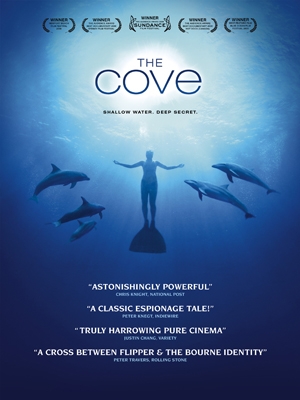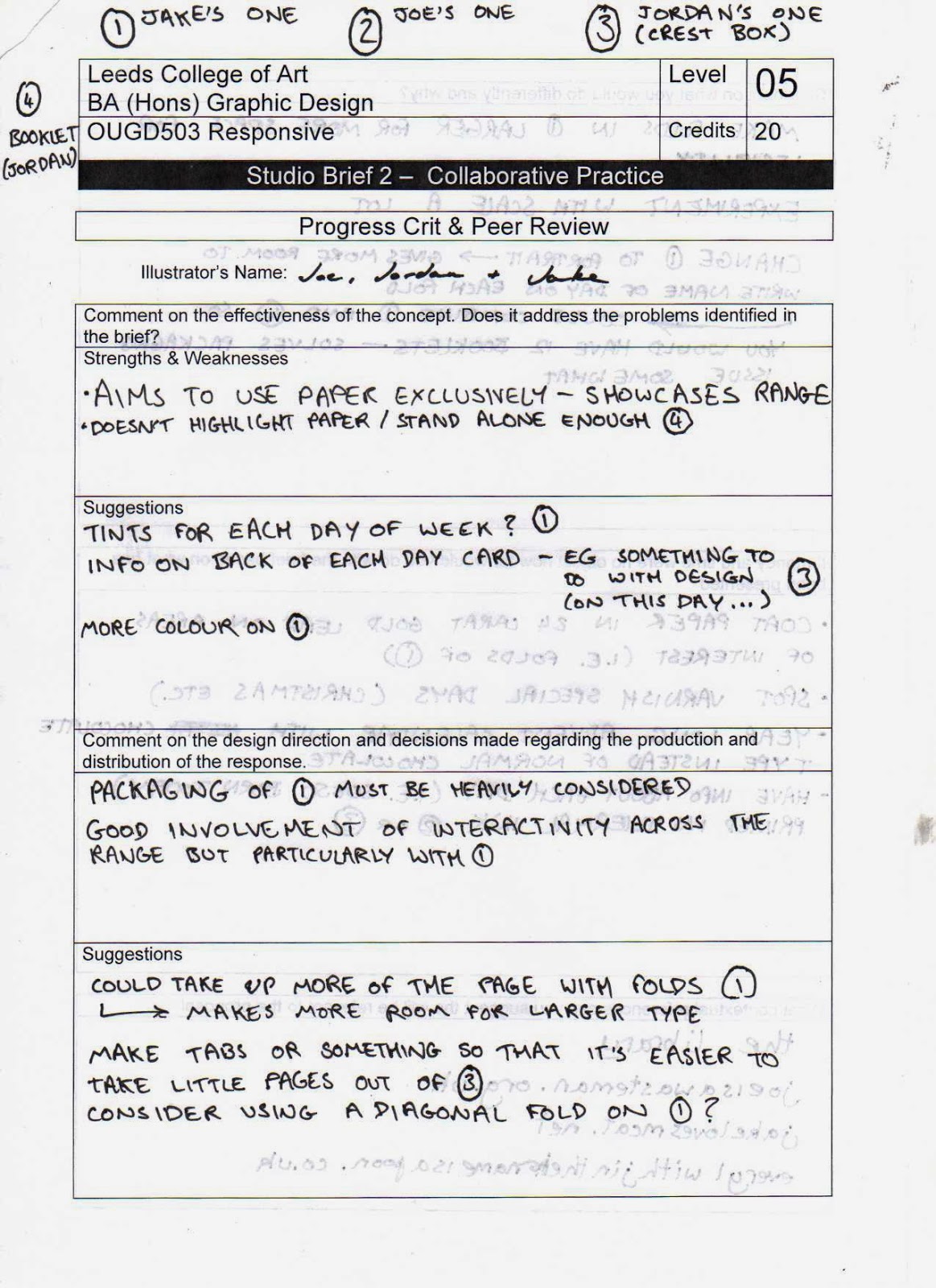LIVE BRIEF INFORMATION
A friend named Sam Houghton has recently just opened up a shop in my home town of Blackburn. The Weave Store specialises in selling artist screen prints, street clothing, spray paint, pens and a selection of toys. While discussing the venture Sam asked me to produce some screen prints for the shops opening night on the 6th of March.
There was no set considerations regarding the size, number of colours or theme so the brief presented me with the change to develop an outcome of my choosing.
Below are some images of the shop taken from their facebook page.

INITIAL IDEAS
The brief is very open with regards to the focus and subject of the print giving me a lot of creative freedom with the direction in which I take the project. Therefore, I started the initial stages of the project by creating a mind-map of things that personally interest and inspire me.
POSSIBLE PROJECT FOCUSES;
- Skateboarding.
- Animals - whales.
- Whaling ships/Whale hunting.
- Nature.
- Natural beauty.
- Trees.
- Craft/craft based tools.
- Street art.
- Adventure.
- Backpack.
PROJECT FOCUS
After reviewing the choice of possible project directions I decided to focus my outcome on whales/marine life. Before receiving the brief I had recently watched a documentary style film about the dolphin hunting practices in Japan. The film details the horrific procedure which sees thousands of migrating dolphins being trapped into a small cove where they are brutally massacred by fishermen with hooks, knives and spears. It is safe to say that the film was a source of thought for the next few days as the film portrayed horrific scenes of slaughter. As the film had such influence on me I decided that it would be a good focus for the project.

IDEA DEVELOPMENT
Once I had defined a focus for the poster I continued with the project by further developing a concept for the outcome. The mind-map below was used to help create a concept relevant to the project focus outlined above.
POSTER FOCUSES;
- Whales - multicoloured spray.
- Dolphins - multicoloured spray.
- Dull commercial fishing harbor.
- Contrast ugliness of fishing with the marine life it destroys.
POSTER CONCEPT
After reviewing the ideas generated on the mind-map I quickly finalised a concept so I could start progressing with the projects development.
CONCEPT - Contrast the ugly monotony of the commercial fishing industry with the natural beauty of the marine life that it destroys. To achieve this I will create a print depicting a dull fishing harbor with a contrasting whale exhaling a bright multi-coloured spray.

DESIGN DECISIONS
After defining a project focus I progressed with outlining the project design decisions such as the colour scheme and stock that the outcome will be screen printed onto.
COLOUR SCHEME
As outlined by the concept the poster will visually contrast the ugliness of commercial fishing with the beauty of the marine life that it destroys. To achieve this I will display an image of a gloomy, dull commercial fishing harbor contrasted with the beautiful, bright spray from a visiting whale.
To achieve the desired aesthetic the colours scheme plays a vital roll, as to contrast the spray from the whale the print will have to be rendered in dull, uninviting colours. When choosing a colour scheme for the project this concept played a vital roll.
STOCK
Moreover, as the outcome will be screen printed in preparation for the client a stock choice will also be defined. I went to the college library to review the choice of stocks available and selected a final paper named 'Antique'.
The outlined stock stock has a matt finish and heavy GSM which helps to give the paper a quality, up-market feel.
REFERENCE IMAGE
Below is the reference image I worked from when creating my illustration.
INITIAL ILLUSTRATION
I started creating the initial illustration using the reference image of a commercial fishing harbor to help me compose the design. There were numerous aspects of the initial illustration that I wanted to improve as certain elements such as the wooden building did not turn out how I wanted them too.
REFINED ILLUSTRATION
The illustration was traced and adapted to form the based of the design.
CRITICISM
After completing the illustration and starting the initial stages of digital development I arranged a quick criticism with Joe Harrison to review the design and discuss the screen-print process.
I asked Joe to help me with critiquing the design as he has extensive illustration experience and will offer me informed and useful feedback.
CRITIQUE NOTES;
- Crop to correct size for landscape screen.
- Change smoke from solid colour to texture applied to the sea.
- Print in dark colours so spray will stand out and contrast.
RESPONSE
In response to the feedback received in the criticism I decided to change aesthetic of the smoke from a solid colour to match the pattern applied to the sea. I produced the illustration on a separate piece of paper so that it could be added to the design within illustrator.
DIGITAL DEVELOPMENT
After the criticism I was in a position to start digitally developing the outcome in Adobe Illustrator.
Live trace was used to make vectors from the hand rendered illustration.
After creating vectors from the illustration and adding the refined smoke the composition was cropped to the A3 print dimensions.
The image below illustrates what the outcome will look like after the screen printing process.
PHYSICAL PRODUCTION
After creating the digital version of the design I used the printing facilities available at university and created a set of prints. As outlined by the design decisions the poster was rendered in a colour pallet of dark greys to create the uninviting image of a harbor. Once printed, the design was ready for the addition of the multi-coloured spray.
One improvement I would make if completing the project again would be to remove the registration marks used to align the individual layers of the outcome. Unfortunately, the alignment of the prints was still not perfect, even with the addition of the registration marks. Moreover, the placement of the marks also meant that the print had to be cropped right down to the edge of the design. By removing the registration marks I would remove the need to crop the print so close to the edge of the design, however this would also make it very hard to alight the layers of the outcome.
I used acrylic paint mixed with water to create the paint that will be flicked onto the design to create the whale's spray.
I also created a stencil to ensure that the flicks of paint did not cover the whole print and were contained within the desired section of the print.
Once dry the process of cropping and numbering each print could take place.
FINAL OUTCOME
The image below document the final outcome.
Once complete the prints were sent to the client via first class recorded post, the tube was sent two days before the store opening party to ensure that they arrived on time. Additionally, I also utilised a cardboard postal tube to ensure the prints were not damaged while being transported.

















































